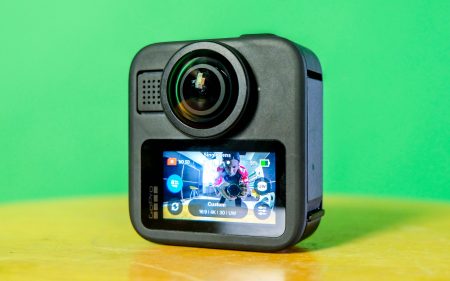Statistics dictate that not every WhatsApp update will be a banger. This is one of those, though we’ve been expecting a move in this direction since Facebook acquired the messaging service. Following several false starts (notably in 2020, and a few times in 2021), Meta is bringing targeted advertising to WhatsApp.
How, you ask? The company’s much-vaunted end-to-end encryption should make this impossible but there’s a reason your chat app has a little artificial intelligence icon in it now. Hint: it’s not really for your benefit.
WhatsApp, Brazil? Having a good time?
Meta announced, at an event in Brazil, that it’s launching AI-driven tools to deliver targeted advertising on the WhatsApp platform. The tools are ostensibly for businesses using the platform to communicate with customers but there’s no way that Meta will leave any money lying on the tablet if this works.
The tool will permit companies to send advertising on the platform to the folks most likely to interact with said ads. It’ll combine Instagram and Facebook behaviour with phone number data to predict which WhatsApp accounts are more likely to be receptive to company outreach. There’s a reason why Mark Zuckerberg has been working to blur the line between his various services.
Meta — and several other tech companies — are fond of using South America as a test market for new initiatives so there’s no indication of when the tool will make its way worldwide. It will depend heavily on the response to its newest push. Users have smothered Meta’s advertising ambitions before. This might be why the company is putting the tool in the hands of smaller businesses instead of wielding the stick itself.
Next up to be targeted for monetisation? Our money is on Meta’s virtual reality platform, which recently started collecting “anonymised” user data including movement, tracking, and even calorie metrics, to say nothing of the information collected by the Quest’s external cameras.



